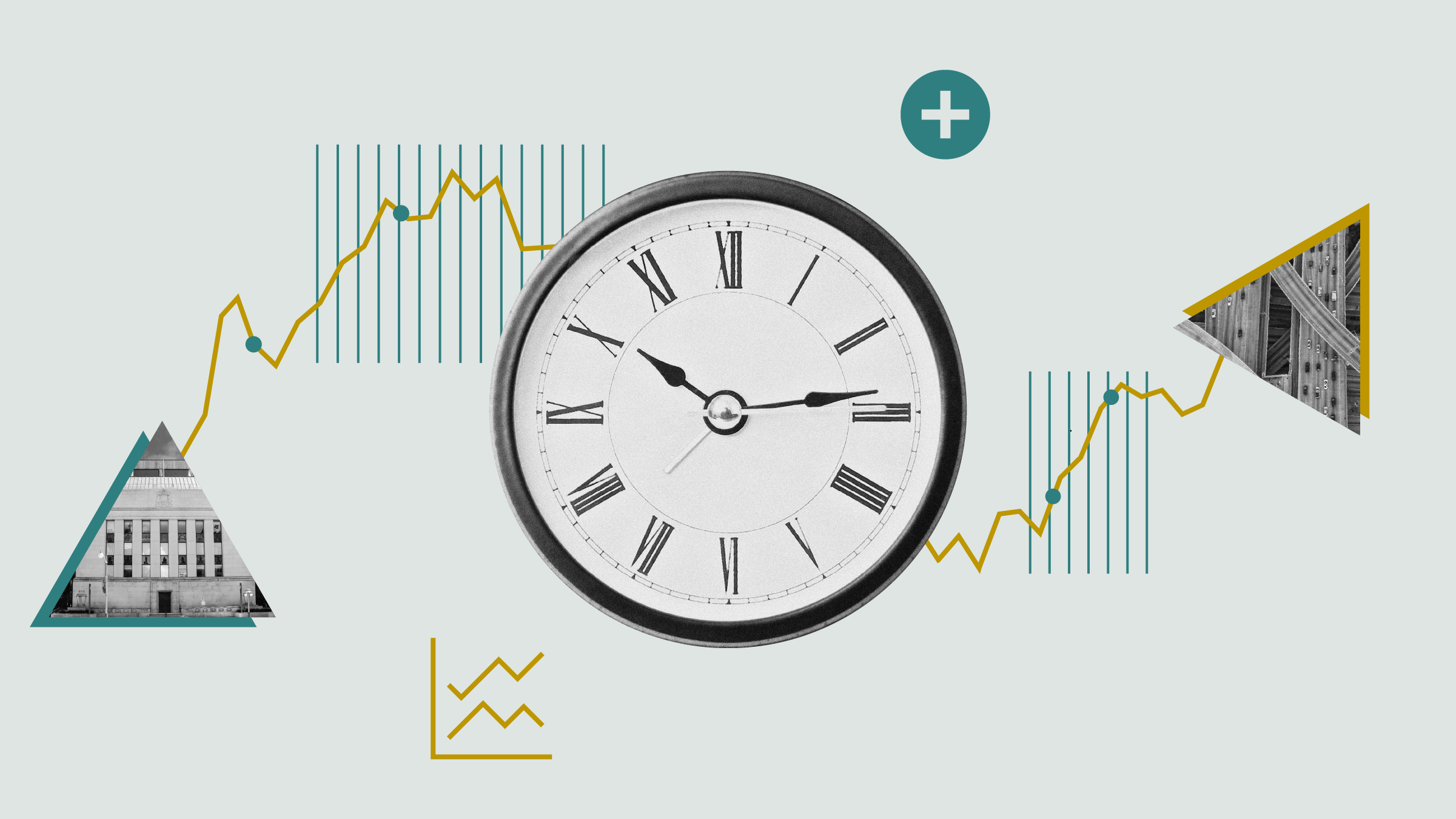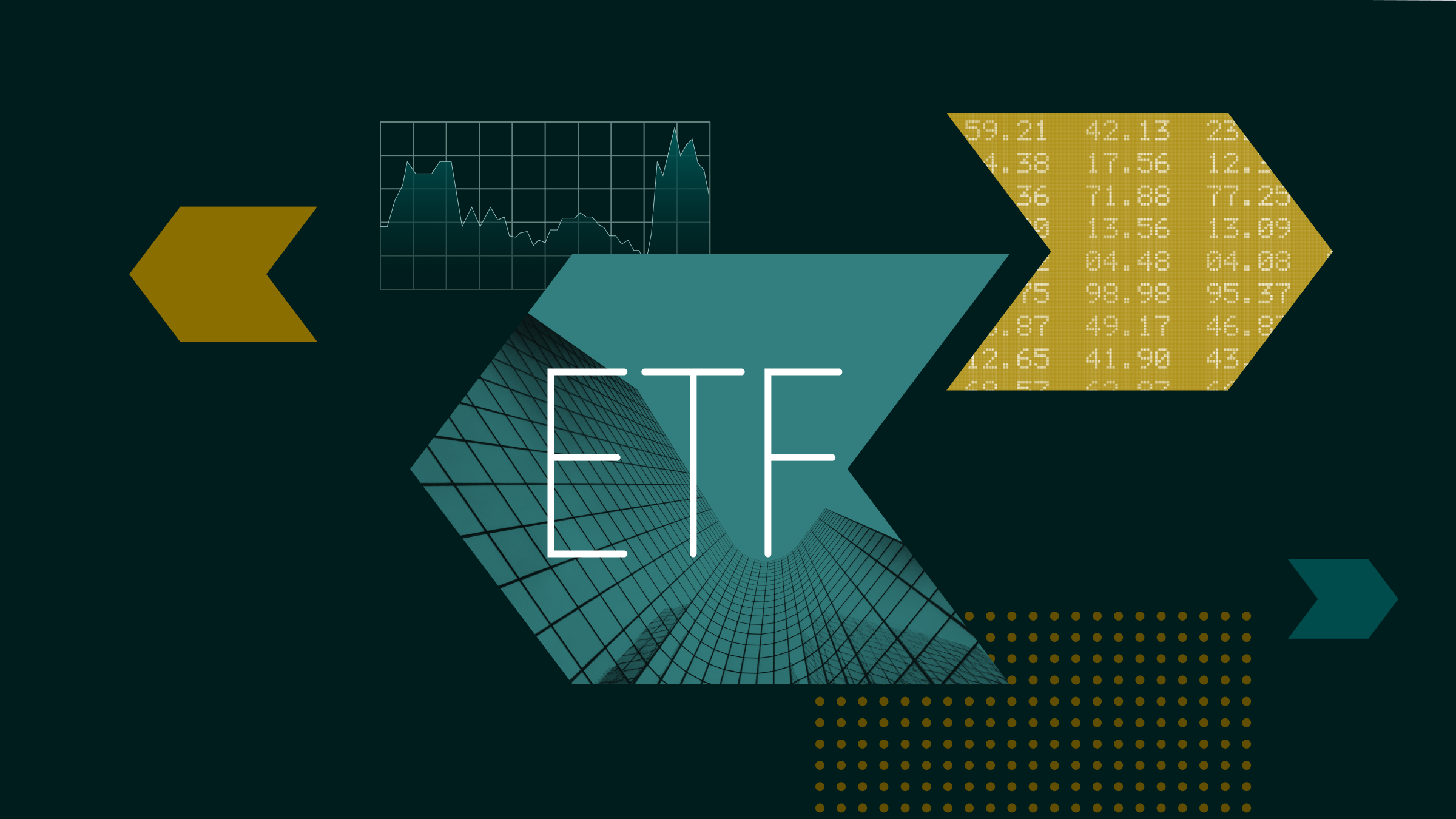The ongoing asset-allocation challenge for Canadian investors is maximizing the risk-return tradeoff between Canadian and foreign exposure, says Stephen Way, a senior vice-president and portfolio manager at Toronto-based AGF Investments Inc.
Over certain periods of time, Canadian investments can give you a better rate of return, says Way. "But you also have to think about risk, and unfortunately investors tend not to think about risk until it's too late. They're enamoured by returns."
Way, who manages AGF Global Equity Class and AGF Global Dividend, suggests that individual investors might wish to seek guidance from what institutions are doing with regard to their country exposure.
Within the Canadian pension-fund industry, says Way, the average allocation to global equities within their overall equity holdings is in the range of 65% to 70%. Institutions "have a very long-term view with assets to make sure they can fund those liabilities, so maybe investors should get moving in that direction."
By showing too much of a bias in favour of their home market, Way argues, Canadian investors may be increasing risk and limiting the benefits of diversification. "When Canadians are thinking about how to invest their portfolio," he says, "they have to understand the inherent nature of the Canadian equity market. It's concentrated by nature with energy, materials and financials and subject to periods of volatility."
Way notes that investing solely in Canada eliminates approximately 95% of the world's stock-market opportunities. "A portfolio with some Canadian and some global may give you a smoother ride, and therefore get people to stay invested longer when times are tough."
Canadians are far from alone in feeling more comfortable investing in their home market. Even so, according to third-party research cited by Way, home-country bias tends to be falling around the world. For example, the home-country bias for Canada was 54% in 2012, down from 64% in 2001.
(Home-country bias measures the difference between the share of domestic equities in domestic investors' overall equities portfolios, and the share of domestic equities in global market capitalization.)
The average home bias for the developed world is 33%. By comparison, Norway, with some economic similarities to Canada in terms of natural-resources industries, has seen its home-country bias fall from 56% in 2001 to 9%. The home-country bias in the United States, the country with the biggest domestic market, has also fallen. It's now 25%, compared to 36% in 2001, Way said.
Sometimes, investors who stick to the home market will be well rewarded. But don't count on it. According to Way, Canadian equities have ranked in the top five of best performing countries only five times over the period from 1994 to 2013. Over that same period, oil-rich Norway was among the top five countries 13 times and Hong Kong 12 times. Today, both Norway and Hong Kong still look attractive, but "that doesn't mean they're going to be attractive six months from now," says Way.
Historically, the optimal global allocation for Canadian investors has varied, depending on the time period. For example, says Way, over the last 10 years a Canadian investor would have optimized the risk-return tradeoff by investing 25% of their equity portfolio in Canada and 75% globally. Over 20 years, the optimal equity mix would have been 55% Canada and 45% globally.
For Canadians, the optimal geographic allocation "would be a global exposure somewhere in the range of 45% to 75%,"says Way. Of course, each person's optimal allocation will vary greatly, based on their personal circumstances and investment preferences.
Citing a shorter time frame -- the five-year period ended Dec. 31, 2013 -- Way presents a strong case for holding a combination of 40% Canadian equities and 60% global equities. He says this equity mix would have increased returns and reduced risk compared to a purely Canadian portfolio. For the three-year period ended in December 2013, the same mix of 40% Canadian equities and 60% global equities would have garnered a 9% return versus only 3.4% for the 100% Canadian portfolio.
Within the foreign portion of a portfolio, says Way, AGF first determines what countries are deemed investible. For example, he says AGF does not consider Russia to be investible because of the risk that shareholder rights will not be respected. Currently, 28 countries, among the 45 countries in the MSCI All Country World Index meet AGF's criteria for being considered "investible."
Other country-selection criteria at AGF, says Way, include favouring countries that are attractive on valuation terms, seeking broad liquidity of investible equities in a country, and the potential for growth.















